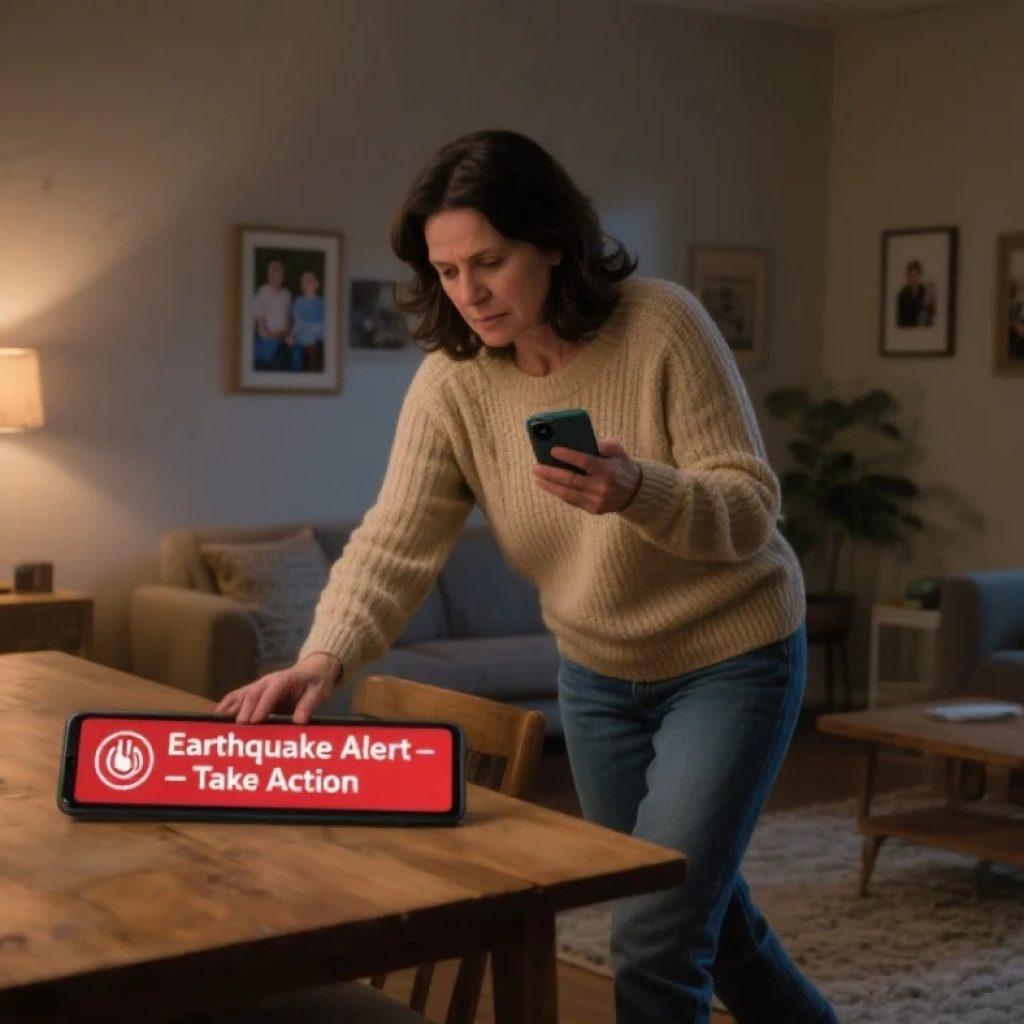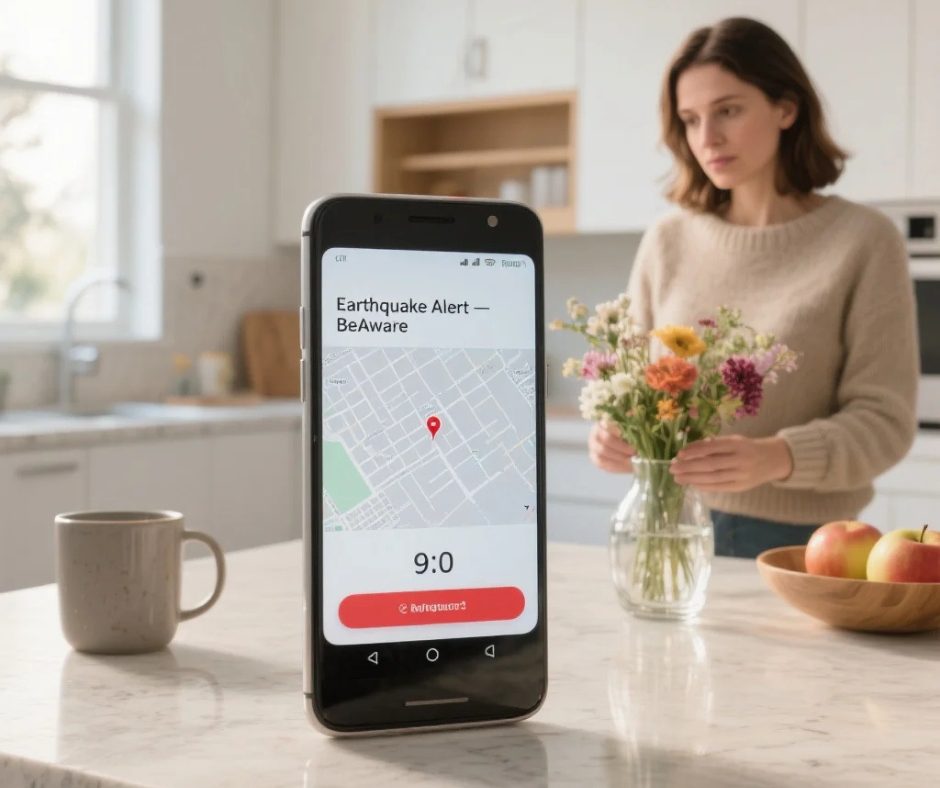What if the phone in your hand could warn you before the shaking starts?
Google’s Android Earthquake Alerts System (AEA) has hit a major milestone: it’s now a global early-warning network powered by billions of smartphones.
By turning everyday Android devices into mini-seismometers, the system detects quake-triggered P-waves (the faster, less damaging tremors) and sends alerts to users — sometimes offering precious seconds before the more destructive shaking begins.
That tiny head start — sometimes 10, 20, even 60 seconds — can be enough to move away from heavy furniture, corral pets or kids, and take cover.
According to Google, the system has detected more than 18,000 earthquakes and issued alerts for over 2,000 events, delivering 790 million alerts across nearly 100 countries.
Access to earthquake early warning has jumped roughly tenfold — from 250 million people in 2019 to 2.5 billion today — largely thanks to Android’s networked approach.
Accuracy has improved too; the median error of the first magnitude estimate has been cut in half (from 0.50 to 0.25), helping reduce false alarms while preserving valuable seconds of warning.
Alerts come in two flavors: BeAware (for light shaking) and TakeAction (for stronger shaking that triggers a loud sound and full-screen warning). The system is privacy-conscious, using coarse location, and you can turn alerts off in settings.
Real-world results show how it plays out: a magnitude 6.7 in the Philippines delivered up to 15 seconds of warning near the epicenter and up to a minute farther out; a 5.7 in Nepal reached millions with 10–60 seconds of notice; and a 6.2 in Turkey triggered over 11 million alerts within seconds of the quake’s start.
For families, caregivers, and anyone managing a household, those seconds aren’t abstract — they’re the difference between being surprised by violent shaking and getting low, covered, and safe.
That said, no system is flawless. AEA fell short during Turkey’s February 2023 magnitude 7.8 quake — many users got a milder alert or none at all, due to misestimation of magnitude. Google has since improved its algorithm, cutting magnitude error in half and delivering up to 20 seconds of warnings during a magnitude 6.2 quake in April 2025.
This is more than tech bragging — it’s a game-changer for global safety. In regions where traditional seismic networks are financially or logistically unviable, AEA offers scalable, low-cost protection. And with continuous refinements, it’s not just about saving moments—it’s about empowering people to act on them.
“As long as folks felt safer — even without feeling the quake — that’s a win,” says the data. AEA isn’t just tech; it’s reassurance in your pocket.
Curious how it works, where it’s live, and what’s next? Dive into Google’s post for the visuals, data, and examples that bring this to life: Android Earthquake Alerts.



